by Christopher Apr 20,2025
These botanical treasures in Minecraft are not only visually appealing but also serve practical purposes such as dye creation, landscape decoration, and collecting rare floral species. This comprehensive guide delves into the unique characteristics of various flowers and their optimal uses during your adventures.
Table of Contents
Poppy
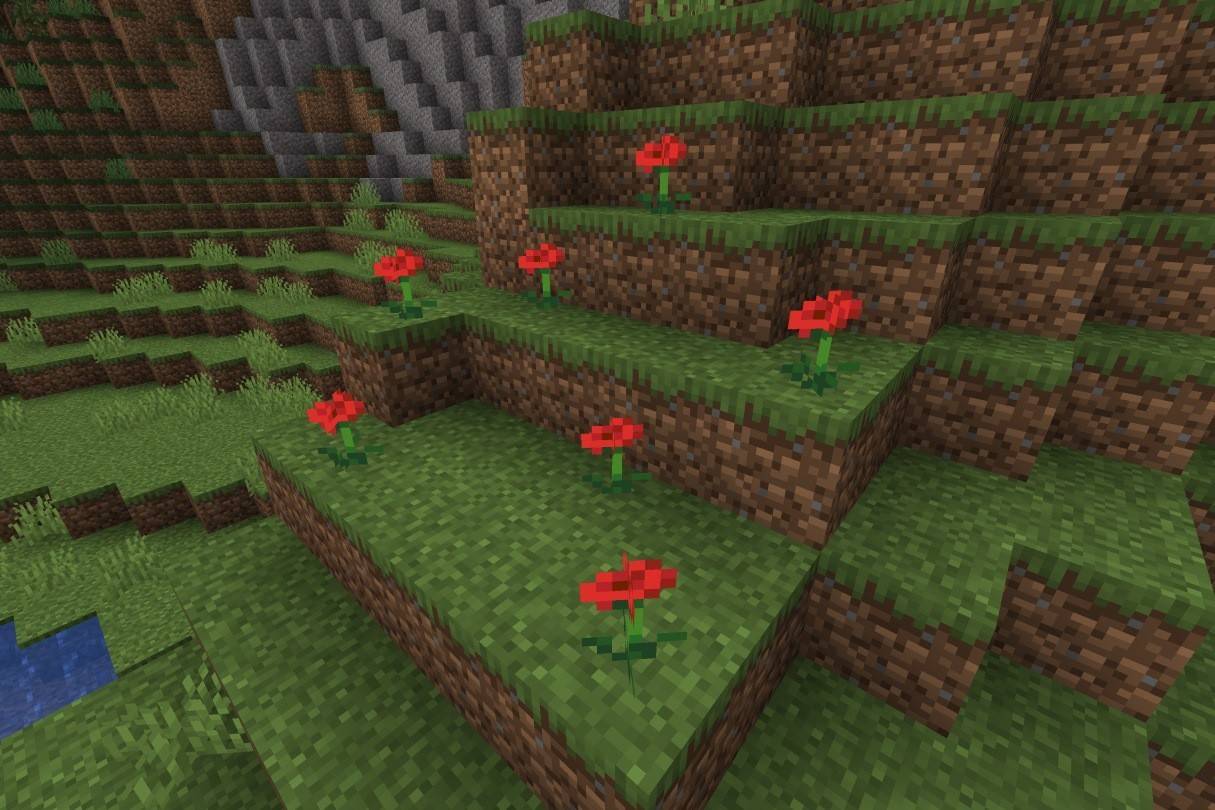 Image: ensigame.com
Image: ensigame.com
Poppies, recognizable by their vibrant red petals, have taken over from the original "rose" and cyan flowers in earlier game versions. Any existing flowers in a Minecraft world automatically transform into poppies. These charming blooms naturally appear in various biomes and can also be dropped by Iron Golems, who occasionally gift them to village children.
Their main application is in crafting red dye, which is versatile for recoloring banners, beds, wool, sheep, and tamed wolf collars.
Dandelion
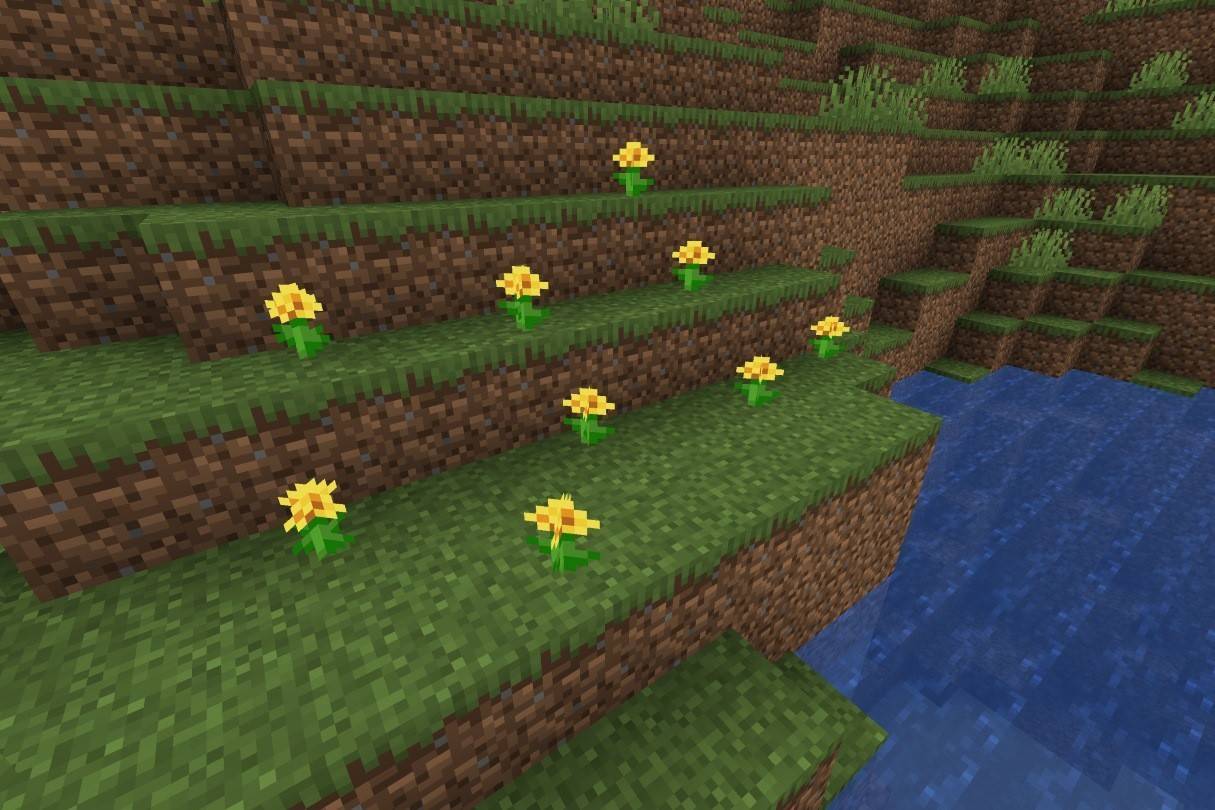 Image: ensigame.com
Image: ensigame.com
Dandelions, with their striking yellow blossoms, flourish in most biomes except marshes and ice plains. They are particularly common in flower forests and serve as the primary source of yellow dye. While dandelions yield one unit of dye, sunflowers produce two. These cheerful flowers add a vibrant touch to banners, wool, and various decorative elements.
Allium
 Image: ensigame.com
Image: ensigame.com
Alliums, with their stunning purple blooms, are native to flower forest biomes. They are essential for crafting magenta dye, which is used to recolor mobs and create beautiful blocks like magenta stained glass, terracotta, and wool. These exquisite flowers enhance any garden or building project.
Rose Bush
 Image: ensigame.com
Image: ensigame.com
Rose bushes are tall, red-flowered plants found in various wooded biomes. Alongside lilacs and sunflowers, they are one of Minecraft's rare two-block-high flowers. When harvested, they yield red dye, which is used to color wool, banners, beds, leather armor, and more. Unlike the hazardous wither rose, the rose bush is safe and adds beauty to any landscape.
Wither Rose
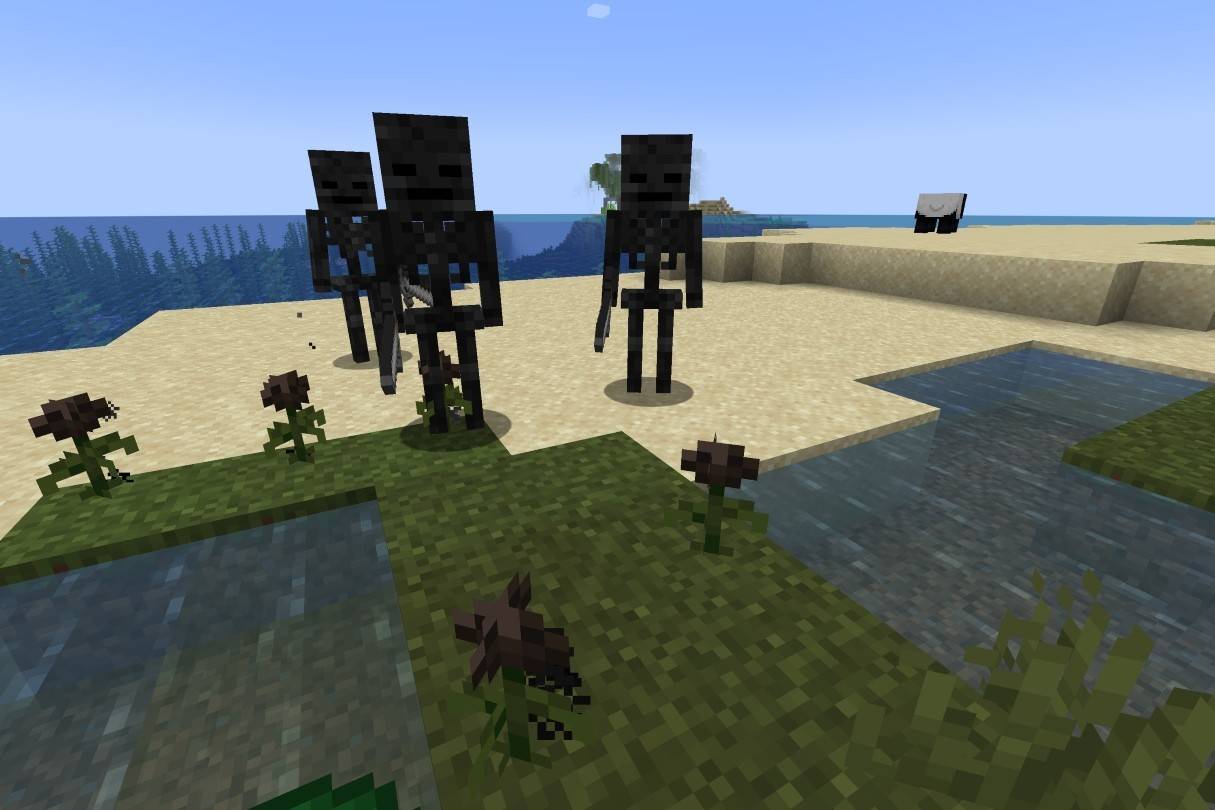 Image: ensigame.com
Image: ensigame.com
The wither rose, a rare and ominous flower, does not grow naturally but appears when a mob is killed by the Wither or is occasionally found in the Nether. Unlike rose bushes, stepping on a wither rose inflicts the Wither effect, gradually draining health and posing a lethal threat to unsuspecting players. This effect can be neutralized by drinking milk.
Wither roses are used to craft black dye, which recolors leather armor, terracotta, banners, beds, and wool. They also contribute to crafting firework stars and black concrete powder, making them a unique yet dangerous resource.
Peony Bush
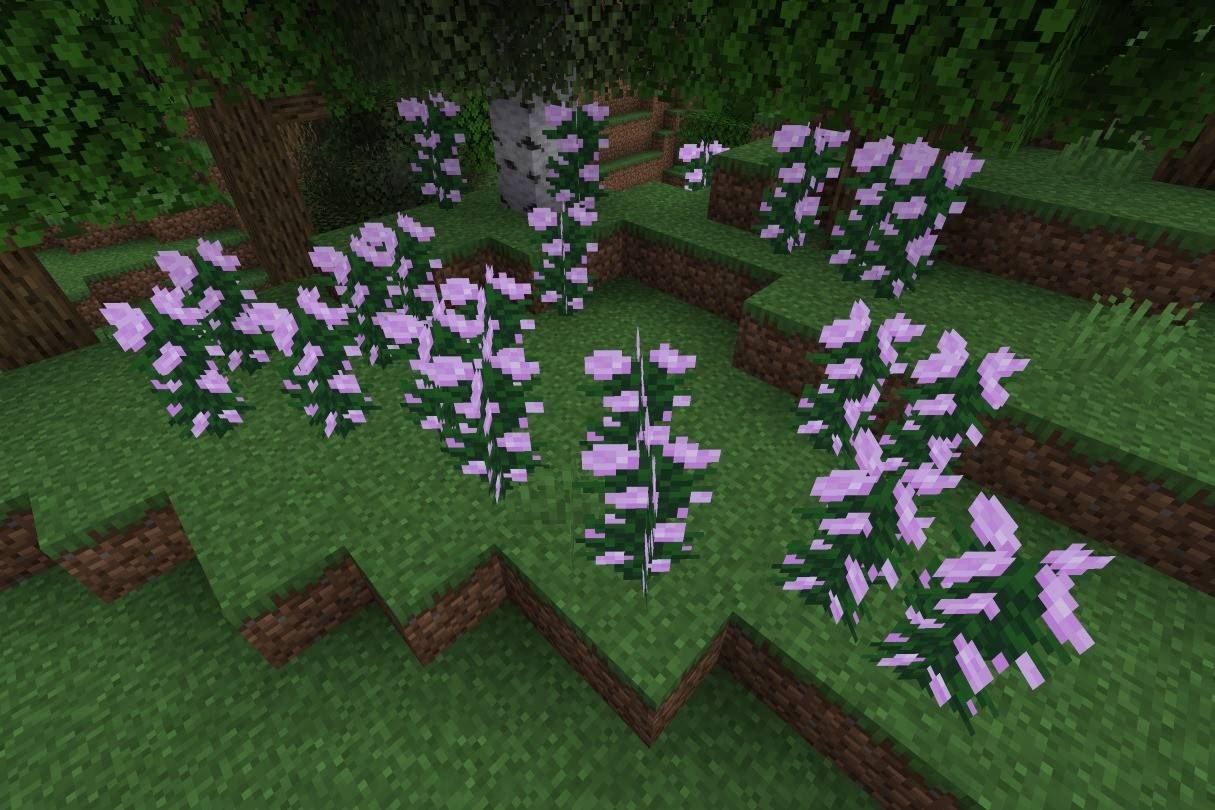 Image: ensigame.com
Image: ensigame.com
Peony bushes, with their tall, pink-flowering plants, thrive in woodland biomes. These beautiful blooms can be converted into pink dye using a crafting table or by mixing red and white dye. Players can propagate peonies using bone meal, allowing for endless cultivation.
Pink dye is useful for recoloring wool, stained glass, terracotta, and tamed wolf collars. Applying bone meal to grassy areas in specific biomes can also spawn pink flowers, expanding decorative options.
Lily of the Valley
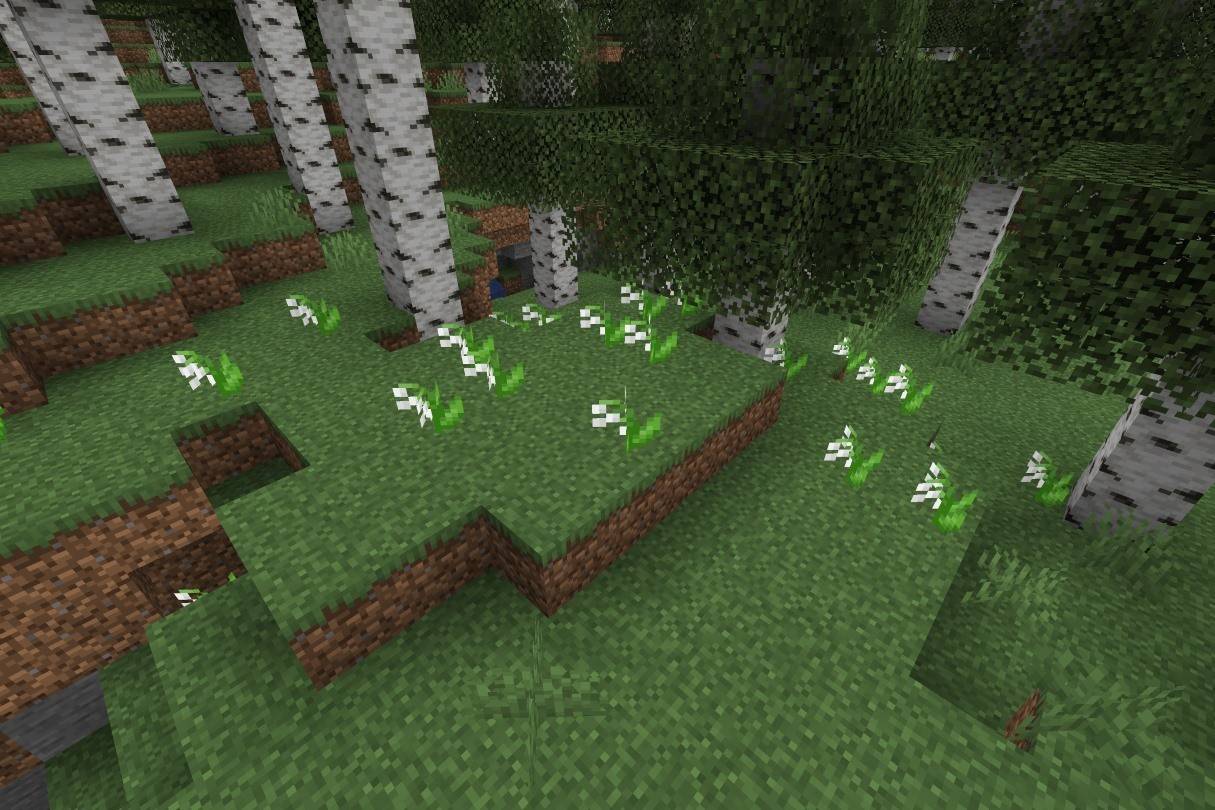 Image: ensigame.com
Image: ensigame.com
The Lily of the Valley, with its pure, bell-shaped flowers, grows in forest and flower forest biomes. It can be transformed into white dye, used to recolor wool, banners, beds, terracotta, and tamed wolf collars.
Beyond its primary use, white dye is essential for creating secondary dyes such as gray, light gray, light blue, lime, magenta, and pink. These versatile flowers often sprout on grass blocks in suitable biomes, making them an easily accessible resource.
Also read: Minecraft Building Opportunities: 50 Ideas for a Home
Tulip
 Image: ensigame.com
Image: ensigame.com
Tulips are among Minecraft's most diverse flowers, available in red, orange, white, and pink. Found in plains and flower forests, they are a vital source of dye. Depending on their color, they can be used to create red, pink, orange, or light gray dye, offering numerous customization options for builds and items.
Azure Bluet
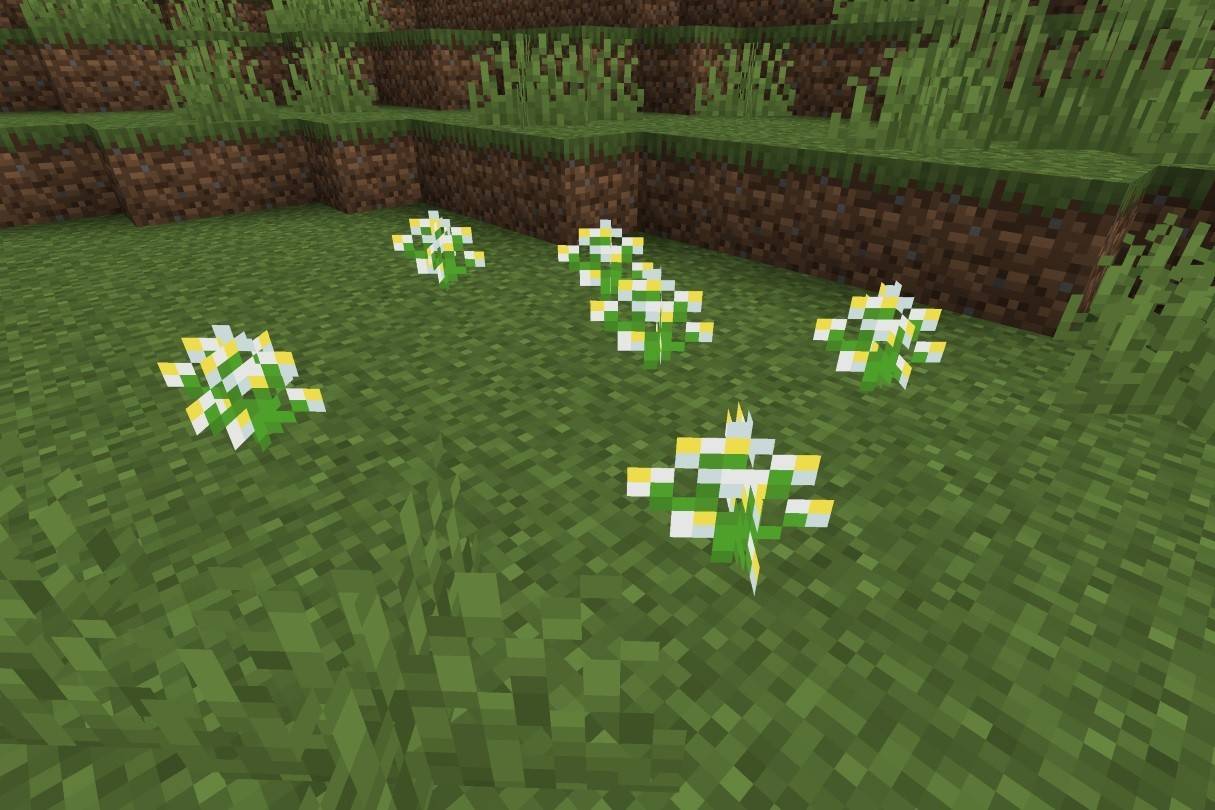 Image: ensigame.com
Image: ensigame.com
The azure bluet is a small, white and yellow flower that thrives in grasslands, sunflower plains, and flower forests. It is used to create light gray dye, which can also be made by combining bone meal and gray dye.
Blue Orchid
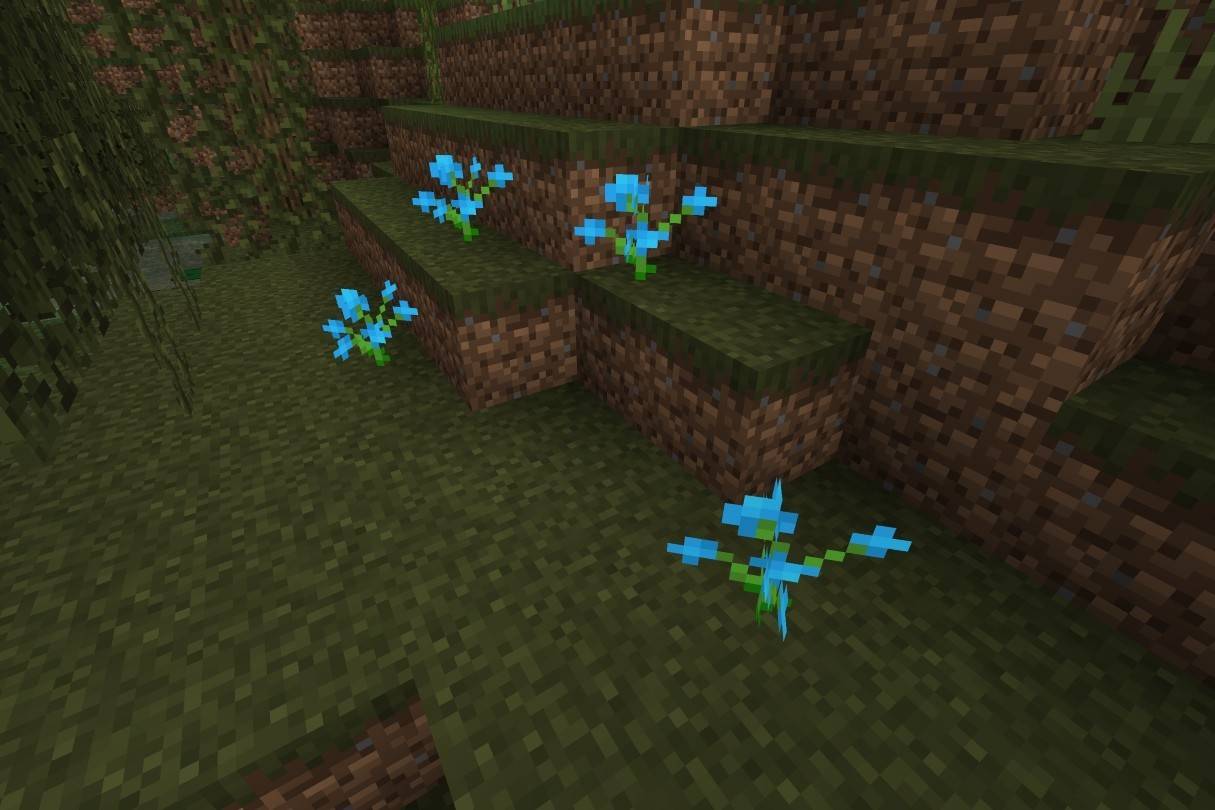 Image: ensigame.com
Image: ensigame.com
The blue orchid, a rare and vibrant flower found only in swamp and taiga biomes, is an effective source of light blue dye.
Cornflower
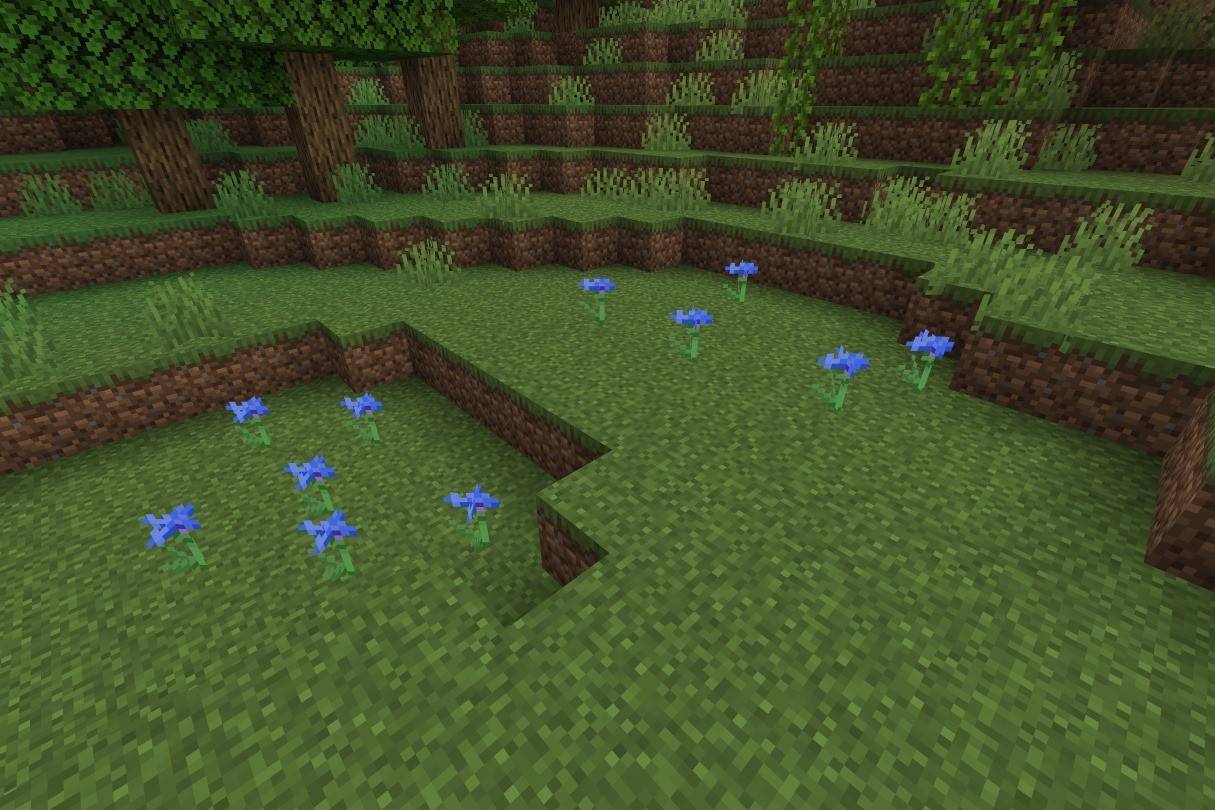 Image: ensigame.com
Image: ensigame.com
Cornflowers are blue flowers that thrive in plains and flower forests. Their spiky, star-shaped petals make them stand out in any environment. Their primary function is to generate blue dye, which is used to color wool, glass, and terracotta.
Torchflower
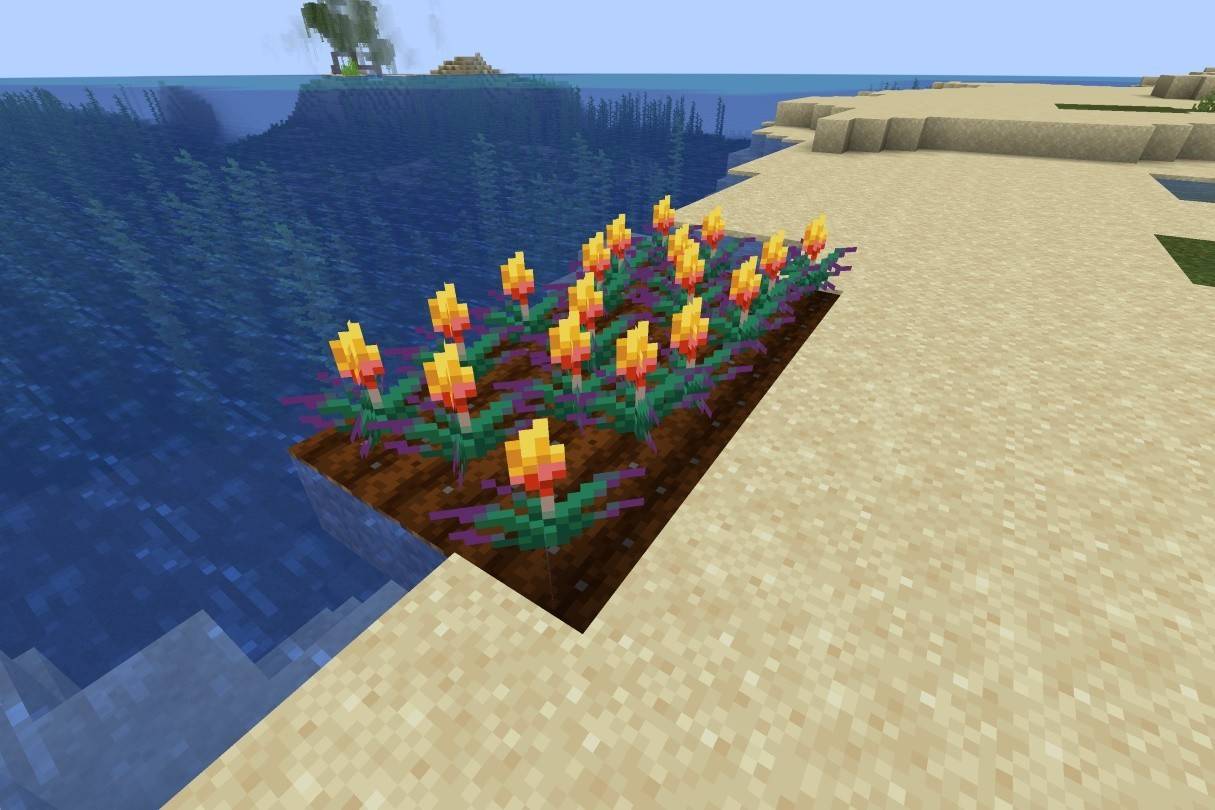 Image: ensigame.com
Image: ensigame.com
The torchflower, grown from seeds, yields orange dye. It does not generate naturally and cannot be spread using bone meal in Bedrock Edition. In Java Edition, endermen can carry and drop it. It can be used to embellish various types of soil and is suitable for flower pots.
Lilac
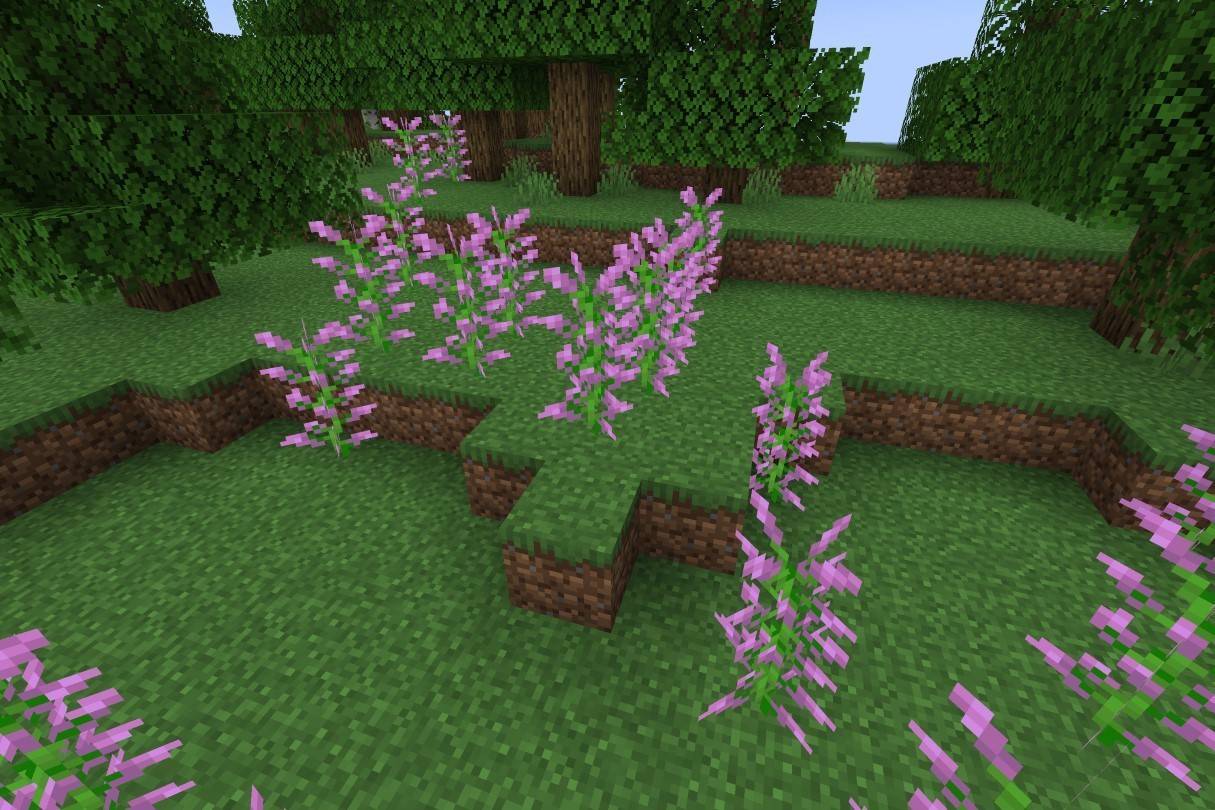 Image: ensigame.com
Image: ensigame.com
Lilacs are tall, two-block-high flowers with a soft light-purple hue. They occur naturally across various forest biomes, including plains, and are notable for their distinctive appearance and vibrant color. These blooms can be harvested and used to create magenta dye.
Oxeye Daisy
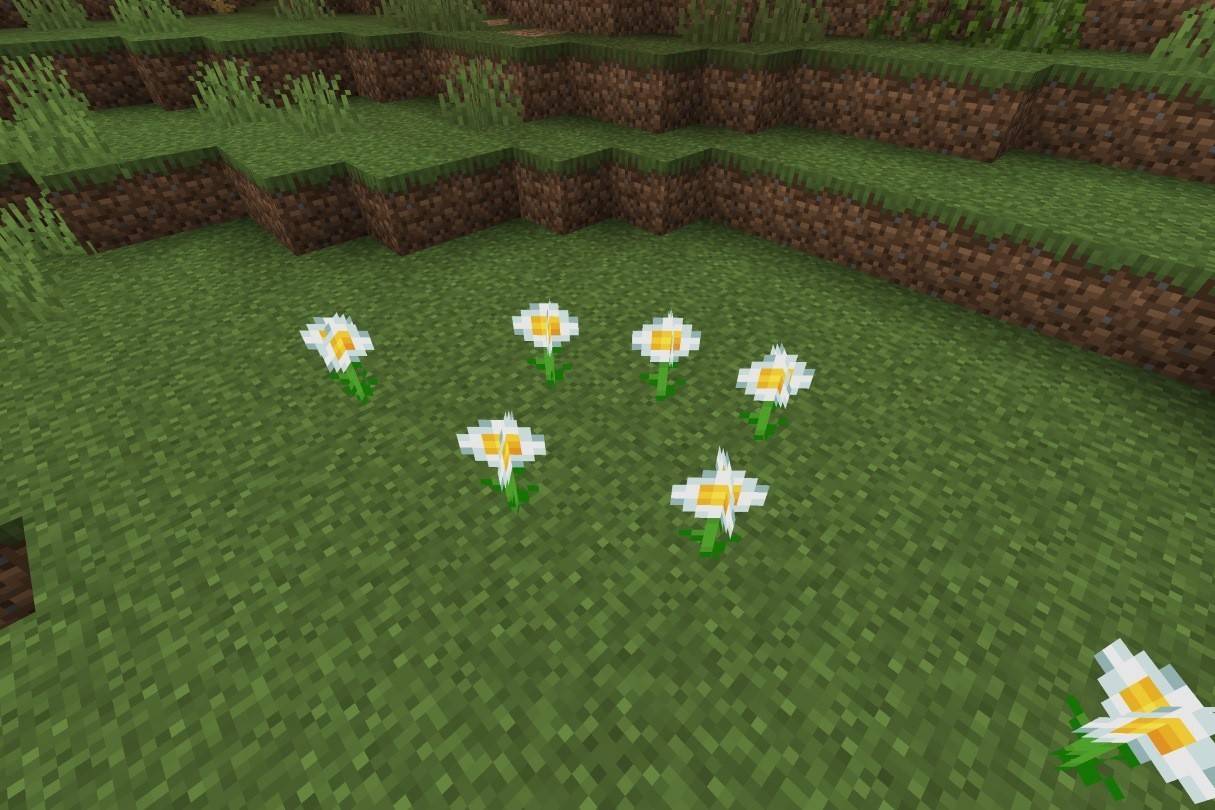 Image: ensigame.com
Image: ensigame.com
The oxeye daisy is a simple yet attractive white flower with a yellow center that can be found in plains biomes. It is typically used to create light gray dye, which is excellent for dyeing wool, leather armor, and glass. Beyond its practical uses, the oxeye daisy can be used to decorate banners, creating a sun-shaped pattern.
Sunflower
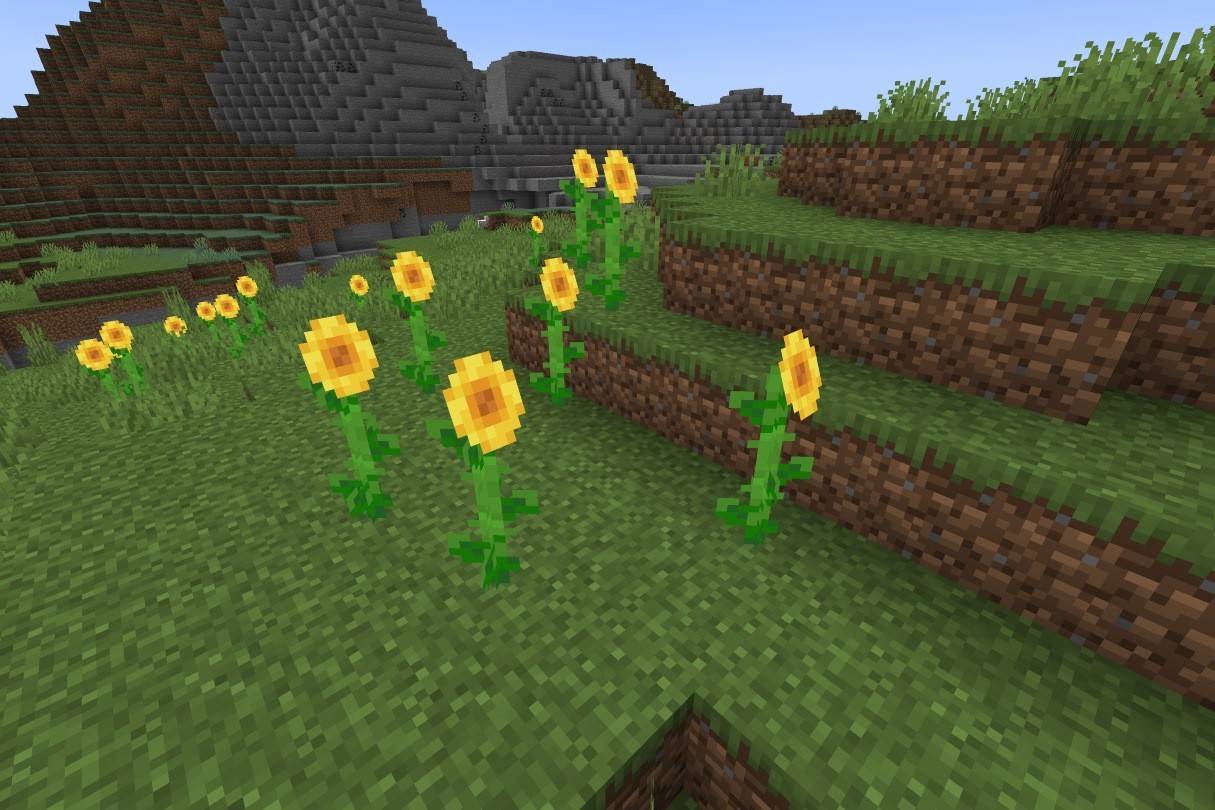 Image: ensigame.com
Image: ensigame.com
Sunflowers, introduced in Minecraft 1.7, were designed with a realistic appearance but were later modified to match the game's art style. These tall blooms, which face east to follow the sunrise, are excellent for navigation. They grow in the sunflower plains biome and can be used to create yellow dye.
These flowers are essential in Minecraft for dyeing and creating potion-like effects. Discover them, explore their applications, and leverage their hidden potential to enhance your gameplay.
Mobile Legends: January 2025 Redeem Codes Released
Pokemon TCG Pocket: Paralyzed, Explained (& All Cards with ‘Paralyze’ Ability)
Android Action-Defense
Brutal Hack And Slash Platformer Blasphemous Is Coming To Mobile, Pre-Registration Now Live
Pokémon TCG Pocket Is Dropping a Trade Feature and Space-Time Smackdown Expansion Soon
Mythical Island Debuts in Pokemon TCG, Time Revealed
GWENT: Top 5 Decks for 2025 - Strategies Revealed
Marvel Rivals Showcases New Midtown Map

Vô Cực Đại Chiến
Download
Lunch with Ronan mod
Download
Diamond Deluxe Casino - Free Slot Machines
Download
Shopping Mall 3D Mod
Download
Priya’s Awakening
Download
Flight Pilot: 3D Simulator
Download
Flight Pilot: 3D Simulator
Download
L.A. Story - Life Simulator
Download
teen patti travel
DownloadSony Unveils Official PlayStation Wireless Speakers
Dec 24,2025

Cyberpunk 2077 to Fill 64GB, a Quarter of Switch 2 Storage
Dec 24,2025

Fallout 76 Unveils New Ghoul-Themed Update
Dec 23,2025

Climate Game Atuel Launches on Android (Note: "Surrealist Documentary" was removed to meet 50-character limit.)
Dec 23,2025

Apple's OLED iPad Pro with M4 Chip Drops in Price
Dec 22,2025